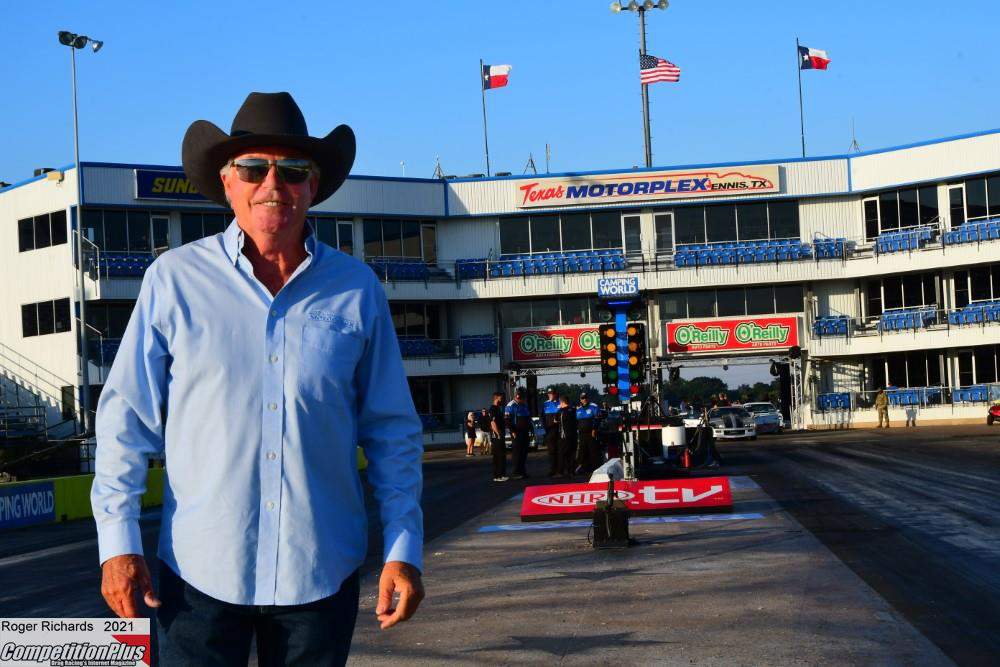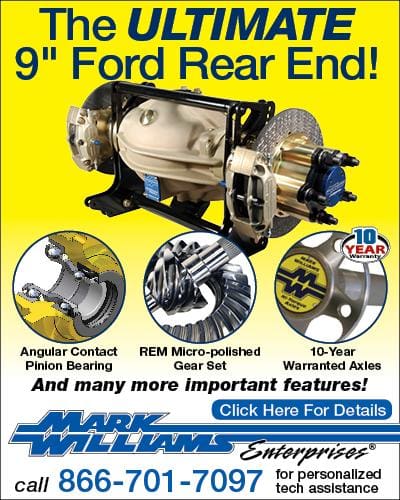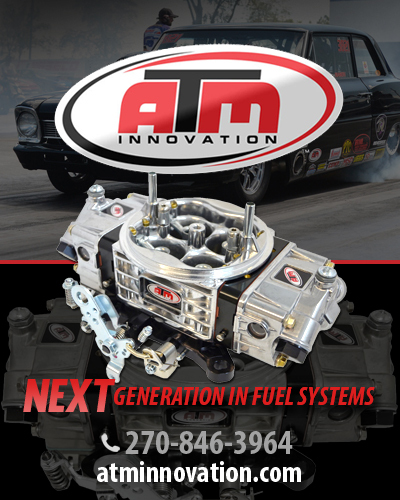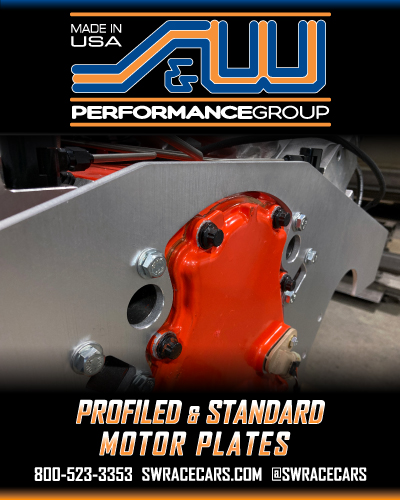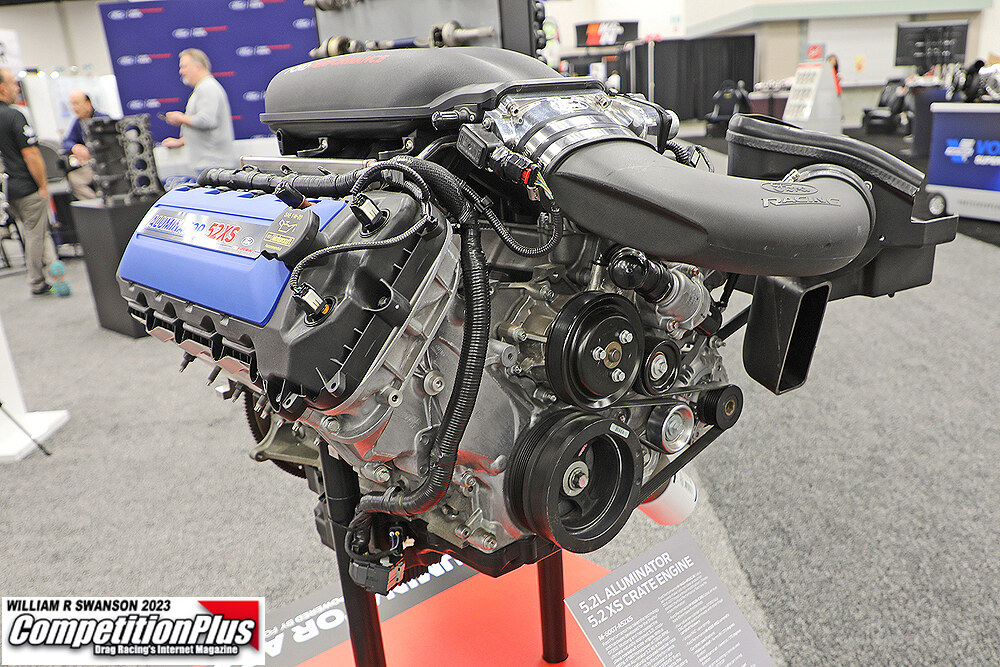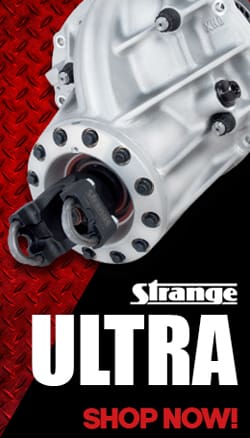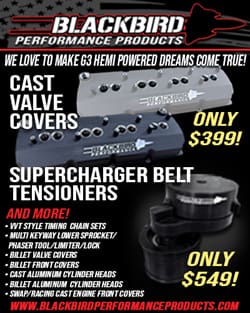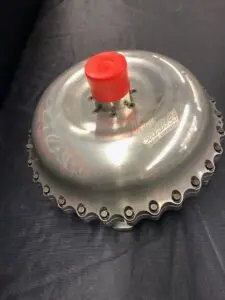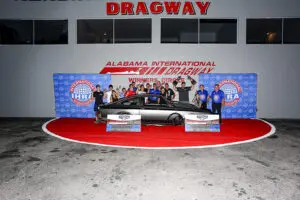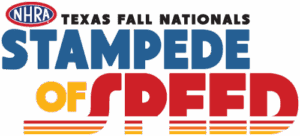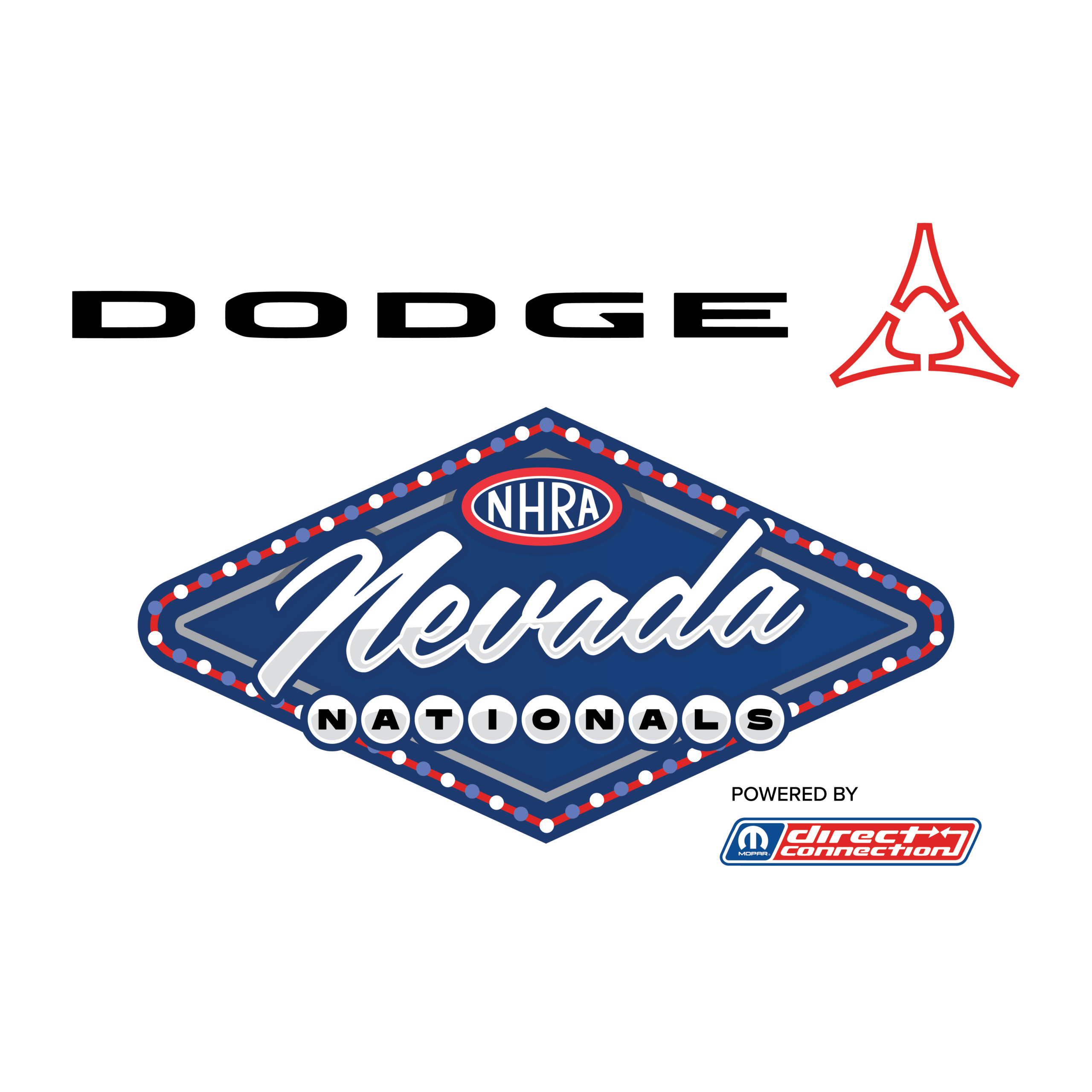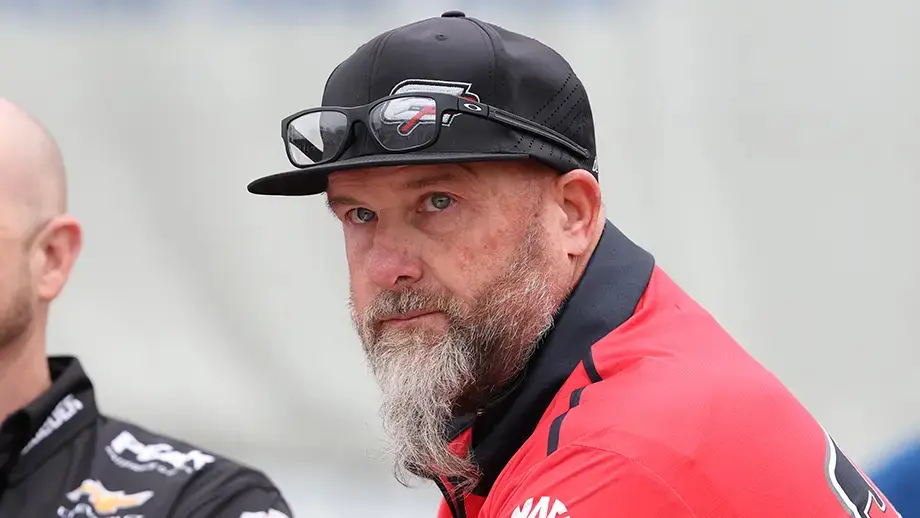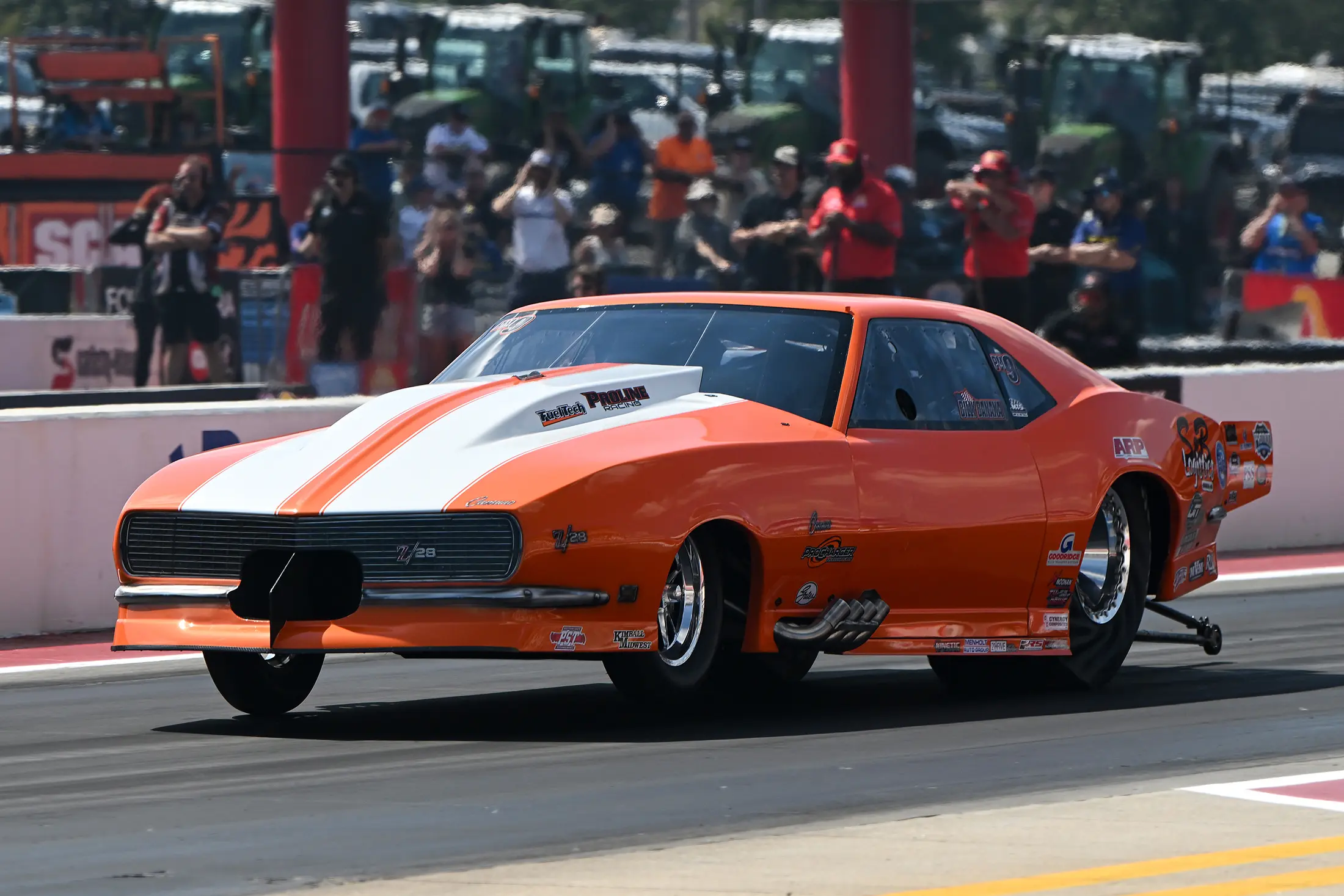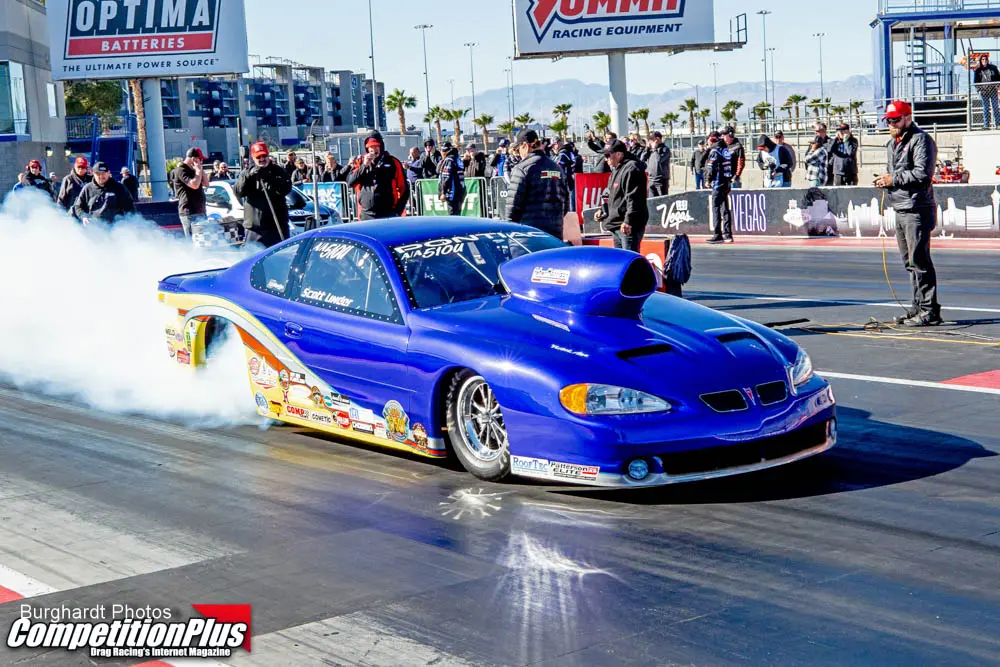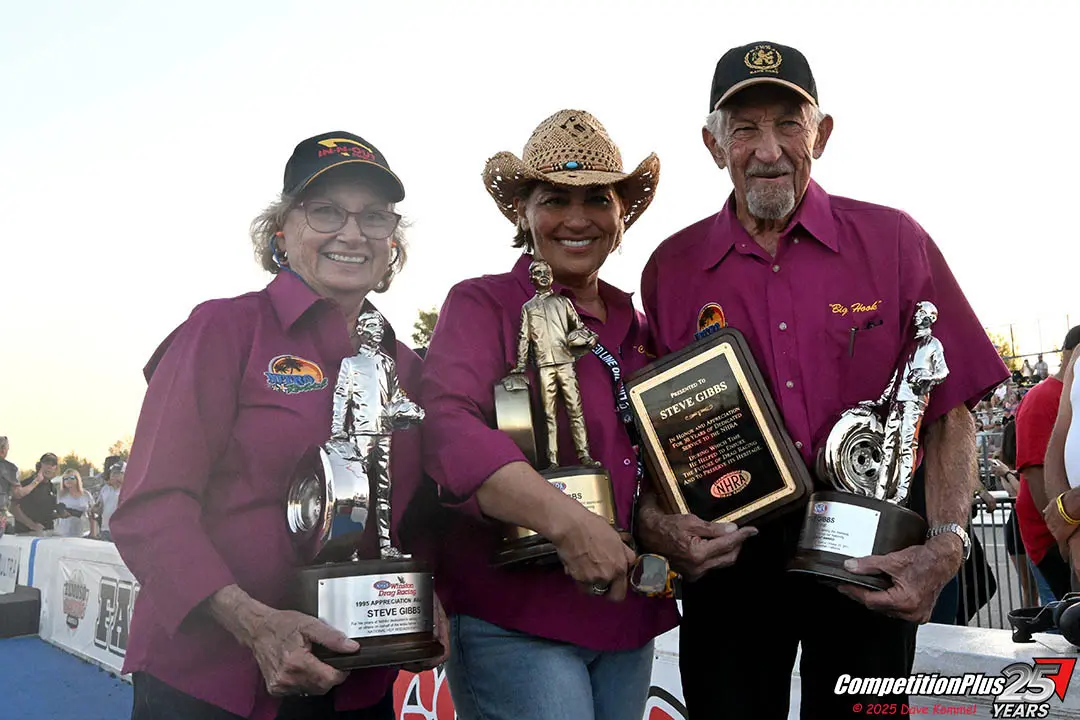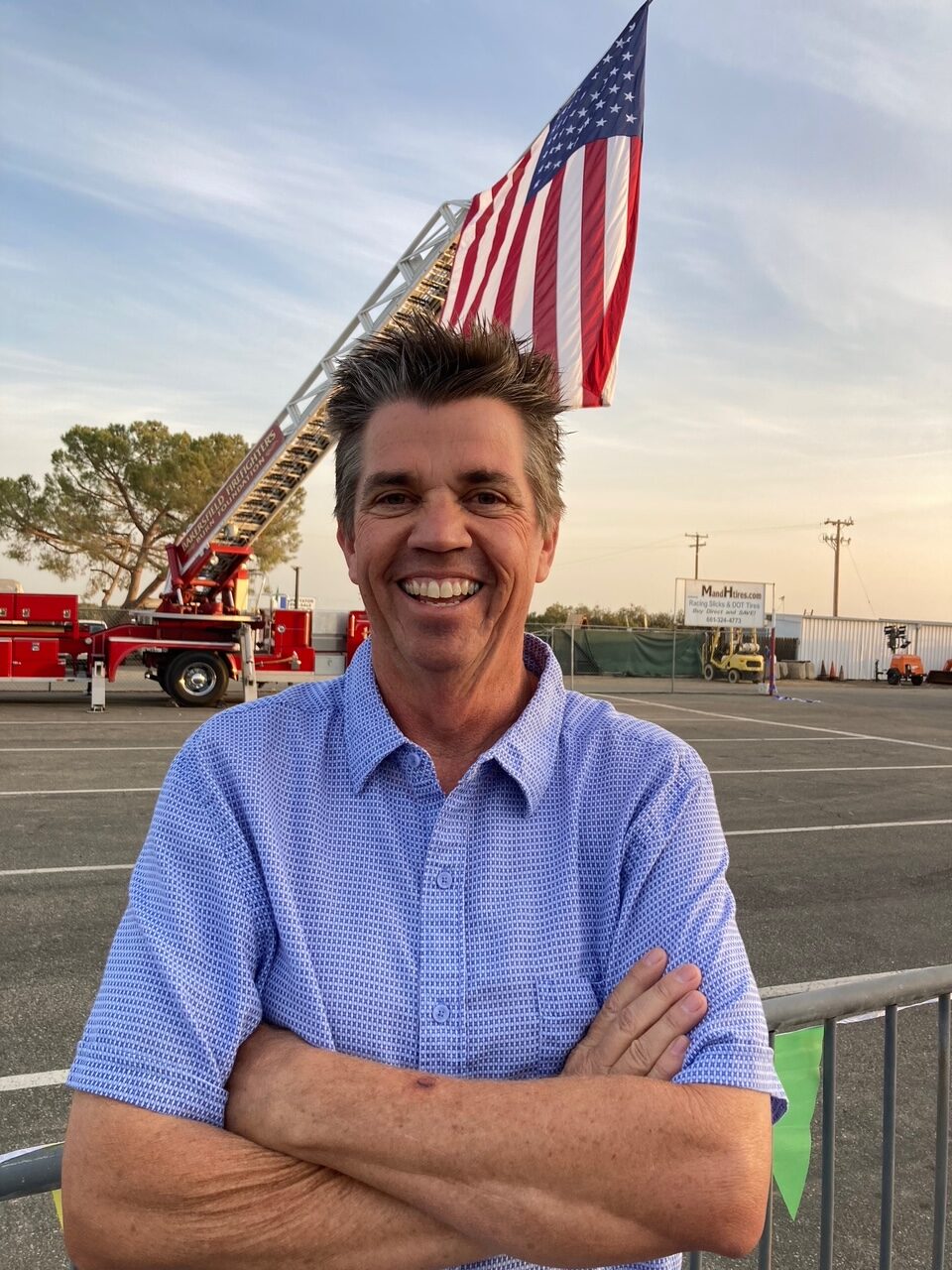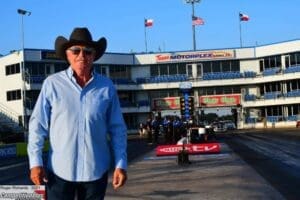It was a story that has been told millions of times, but each time it gets better.
During the dinner’s retelling, founding Texas Motorplex General Manager Glenn Menard linked Billy Meyer’s ambition to a broader narrative: “If you build it, they will come.” He used the famous invocation from Field of Dreams to emphasize the faith underlying the Motorplex — a drag racing landmark that rose from a Texas cornfield and forever altered the sport’s landscape.
Nearly four decades later, Menard’s story still carries the awe and uncertainty of those early days, when Meyer’s dream seemed both visionary and risky. The Texas Motorplex wasn’t just another racetrack; it was a revolution — the first all-concrete “super track” built to bring stadium-level comfort and professionalism to drag racing.
Menard, the Motorplex’s first general manager, recalled how skeptics scoffed at the idea of a world-class drag strip built in rural Ellis County.
“Close your eyes and think back to the first time you drove down Highway 287,” he said from the Champions Dinner podium. “You came to a cluster of beer stores at Reagor Springs, then rounded that big curve… and there it was. This gigantic structure rising out of the corn fields.”
He remembered those first impressions vividly — fans, racers, and officials stunned by the scale of a facility unlike anything drag racing had seen. A writer for National Dragster, the late Chris Martin, once compared the sight to “Close Encounters of the Third Kind,” when the massive spaceship first appears over the horizon.
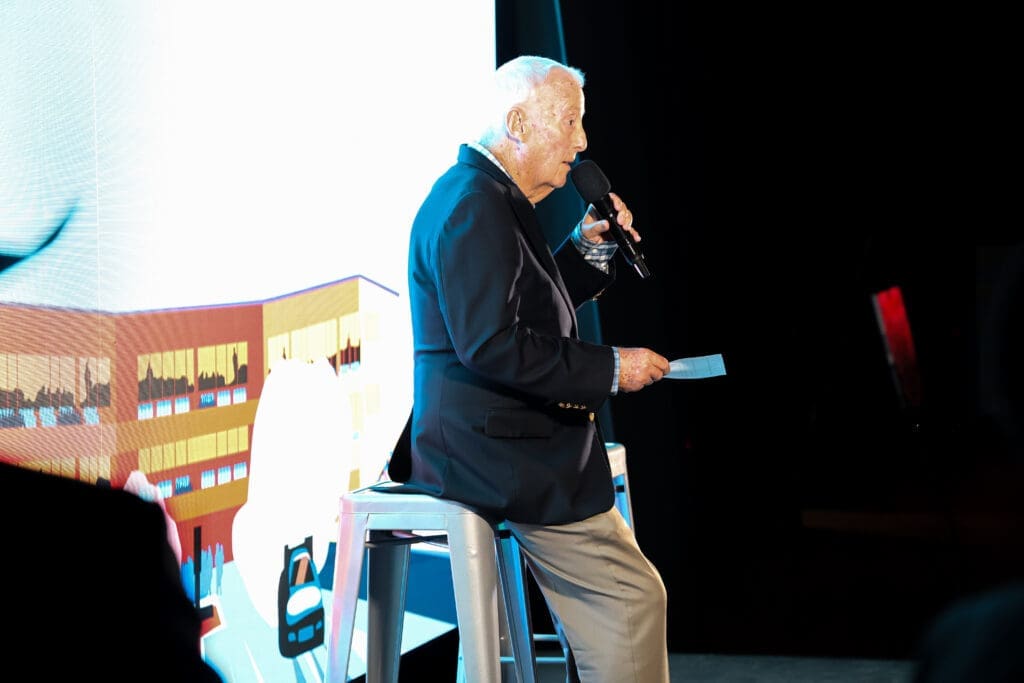
📷📷📷 Headed to the Stampede of Speed & #FallNats? 📷📷
— Competition Plus (@competitionplus) October 3, 2025
Don’t miss your chance to SAVE 10% with code 📷 COMPETITIONPLUS10 📷
📷 Grab your tickets here 📷 https://t.co/3S7MSFCe60#DragRacingNews #PEAKSquad 📷 pic.twitter.com/oH6sMKHzvA
Before the Motorplex, Menard reminded listeners, drag racing’s amenities were basic at best. Guardrails were metal, time slips listed only elapsed time, reaction, and miles per hour, and grandstands sat flat on the ground, blocking views whenever the cars launched. Scoreboards might flash a win light, but not much else. Restrooms were portable toilets, sponsor signs were small wooden panels nailed to fences, and concession stands operated out of makeshift trailers.
Then came Meyer’s plan — a facility angled for spectators, built of concrete, wired with electronic timing systems, and fitted with luxury suites. “We had air-conditioned drivers’ lounges for families, paved pits, full-matrix scoreboards, and sponsor signage above the grandstands,” Menard recalled. “It was all designed so people could see, hear, and feel drag racing like never before.”
Meyer, already an established Funny Car driver with business instincts beyond his years, saw opportunity where others saw farmland. He revealed that his original business plan — a spiral-bound, 50-page proposal — projected only a 25-year life for the track.
“Noise abatements and area growth were going to be problems,” Meyer said. “I didn’t think we’d make it 40 years.”
At the time, NHRA executives told Menard and Meyer they were building too big, too fast.
“It takes three years for a national event to reach capacity,” they warned.
Others said Meyer would never sell a $10,000 grandstand sign or suite sponsorship when most tracks got half that for an entire event.
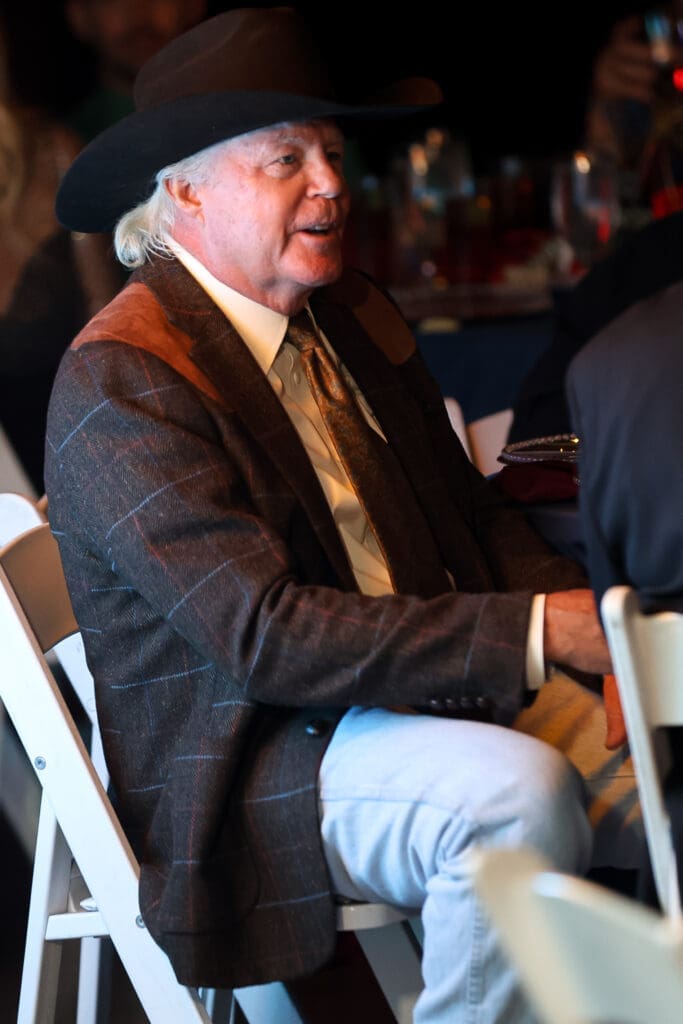

But when the gates opened in 1986, the skeptics vanished. Cars lined Highway 287 in both directions as fans parked on medians, shoulders, and fields just to be part of opening day.
“It looked like Woodstock,” Menard said. “And just as Woodstock changed the concert world, that day the Motorplex changed the drag racing world.”
The moment proved Meyer right. His gamble on concrete paid off immediately, producing record times and redefining expectations for safety and performance. The Motorplex became the model for the NHRA’s future facility designs — a blueprint still echoed in tracks from Charlotte to Las Vegas.
Meyer, who grew up in a positive energy household, said the success didn’t surprise him.
“That’s just the way I lived my lifestyle,” he said. “I expected everything to do good. I guess I had the right people at the right time working for me.”
Yet even Meyer admitted the Motorplex’s longevity defied all projections. Four decades later, it’s still the home of the NHRA Texas FallNationals, a cornerstone event on the professional drag racing tour. He now views it as a permanent fixture in the landscape — not a 25-year experiment.
“Now it’s so famous, nobody knows about Ennis, Texas unless they mention the Motorplex,” Meyer said. “It’s put Ennis and Waxahachie on the map. It’s like the Indy 500 track — it’s just there, and people have to live with it.”
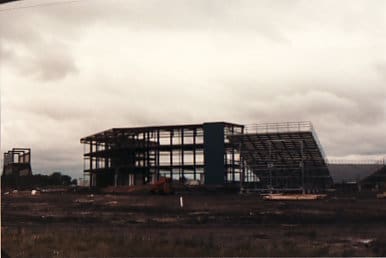
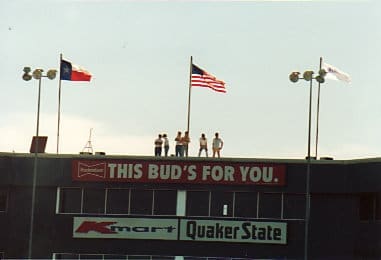
The Motorplex’s survival wasn’t luck. It was born from vision, sweat, and timing. The below-track timing system pioneered at the facility improved safety and consistency. The all-concrete surface became the industry standard. And its angled grandstands made fans feel like part of the action — innovations that reshaped the racing experience.
Menard said the opening day line of cars stretched “as far as the eye could see.” The facility, he recalled, delivered on every promise. “People came from all over the country to see the Motorplex,” he said. “It was worth it.”
The story Meyer and Menard share now is less about nostalgia and more about endurance — a lesson in what happens when vision outlasts doubt. The Texas Motorplex is no longer a bold experiment in the middle of nowhere; it’s a proving ground for champions and a symbol of drag racing’s evolution.
In blending Meyer’s foresight with Menard’s memories, the tale of the Motorplex reads like an American racing parable — one about risk, resilience, and faith.
Because sometimes, as Menard reminded the crowd with a smile, if you build it, they really do come.





